Here's What The Future Of Work Looks Like
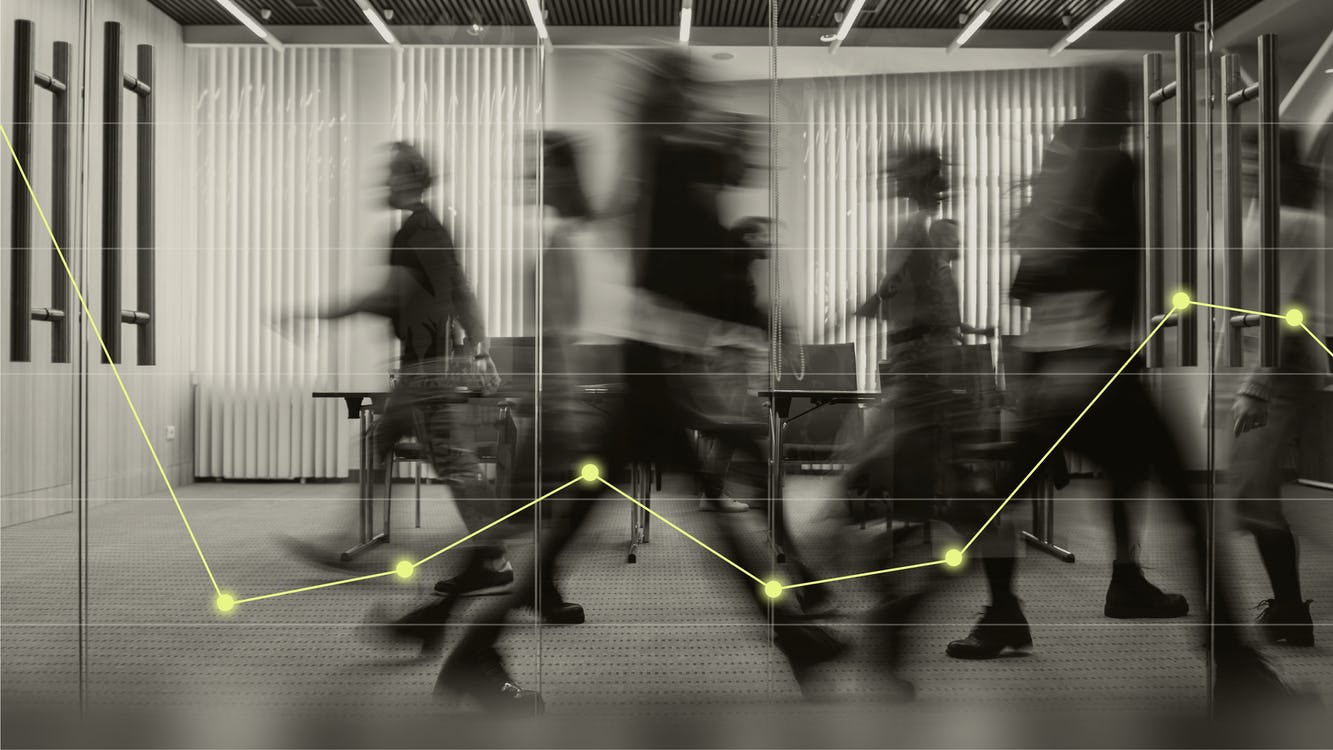
VergeSense is the industry leader in providing enterprises with a true understanding of their occupancy and how their offices are actually being used.
Today, we’re thrilled to launch VergeSense’s 2022 State of the Workplace Data Report. To help your business understand how workplace utilization is shifting and the upcoming trends you can expect, we analyzed space utilization across 550 buildings globally, which includes over 100,000 spaces. Download the full report now to unlock the latest findings.
The report reveals that office utilization continues to fluctuate, despite the general upward trend in space use. Moreover, we found that the average number of collaborative spaces in a given floor has nearly doubled since the pandemic, signaling a shift in design trends toward the creation of more “we” spaces, rather than “me” spaces.
Here Are the Key Findings From the Report:
#1: Office utilization has increased by 87% in the past year and is likely to continue to climb
Office utilization has increased by 87% in the past year, specifically looking at the time period Q1 2021 to Q1 2022. This increase has been rapid and indicates that employees are starting to reacclimate to the physical workplace. Given the continuous upward trend, it’s fair to assume that office utilization will continue to climb in the upcoming months.
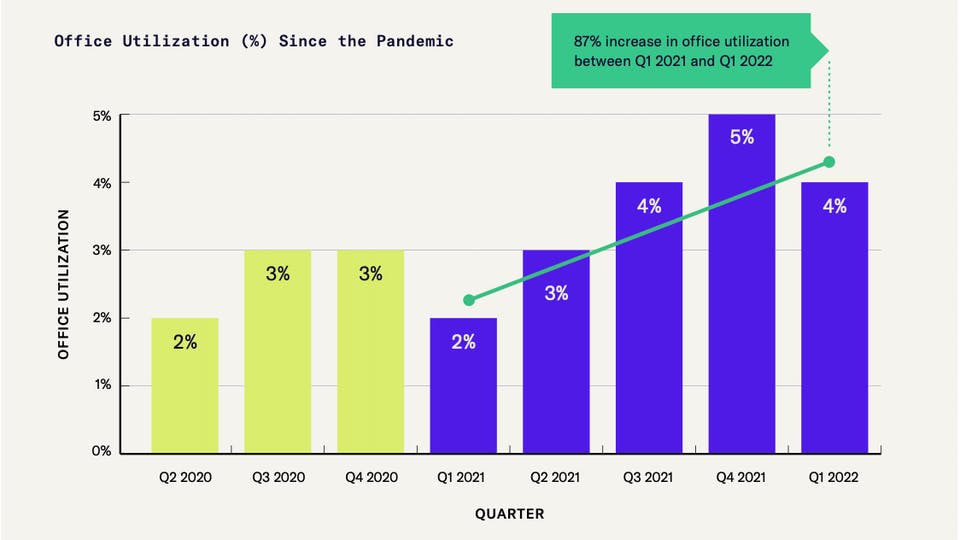
#2: The number of collaborative spaces per floor has nearly doubled since the pandemic
Prior to the pandemic, on average 10% of spaces per floor were collaborative. Today, 25% of spaces per floor are dedicated to collaboration. This indicates that workplace leaders are adjusting office space with the expectation that employees will return to the office to work together in person.
#3: The utilization of collaborative spaces is holding steady as investment in this space type grows
In the short period between Q1 and Q2 2021, the utilization of collaborative spaces increased by 88%. Since then, the rate of utilization of these spaces has remained consistent for the past four quarters. The fact that utilization is holding steady as the average number of spaces are increasing indicates an overall increase in the use of collaborative spaces in the office. Employees are coming into the office more for the “we” work rather than “me” work, as heads down tasks can be completed at home.
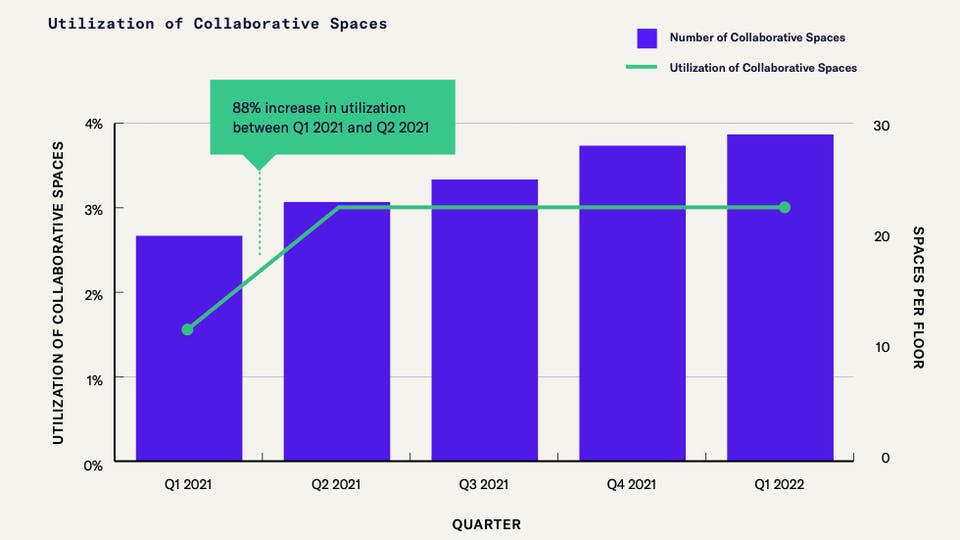
#4: Businesses are relying on data to right-size the workplace
We found a steady decline in the average number of individual spaces per floor. Likely, many companies are leveraging spaces previously dedicated to individual work and transforming them into collaboration spaces. This is a smart right-sizing exercise in order to boost the utilization of the workplace overall. The fact that utilization of individual spaces is on the rise overall since Q1 2021 indicates that workplace leaders are on their way to finding the right balance. Right-sizing is working!
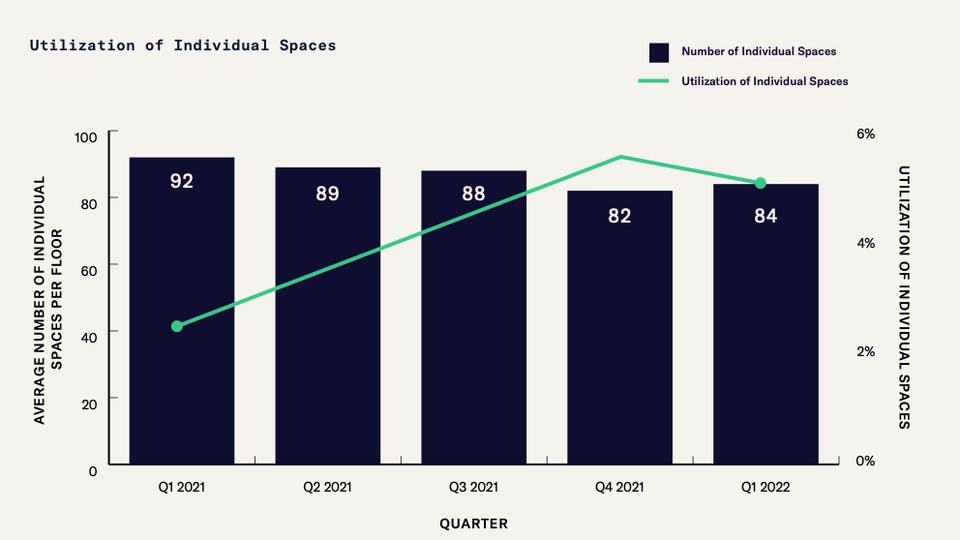
#5: Tuesday and Wednesday are the busiest days at the office, with nearly 50% of all weekly utilization taking place on these days
It’s likely unsurprising that the middle days of the week feature the highest office attendance. It’s not unusual for meetings to happen on those days, and thus employees are more inclined to come into the office so they can collaborate with their coworkers in person. The data also suggests that employees prefer working from home at the start and end of the week, perhaps to complete focused work or even as a nice tie-in to their weekend.
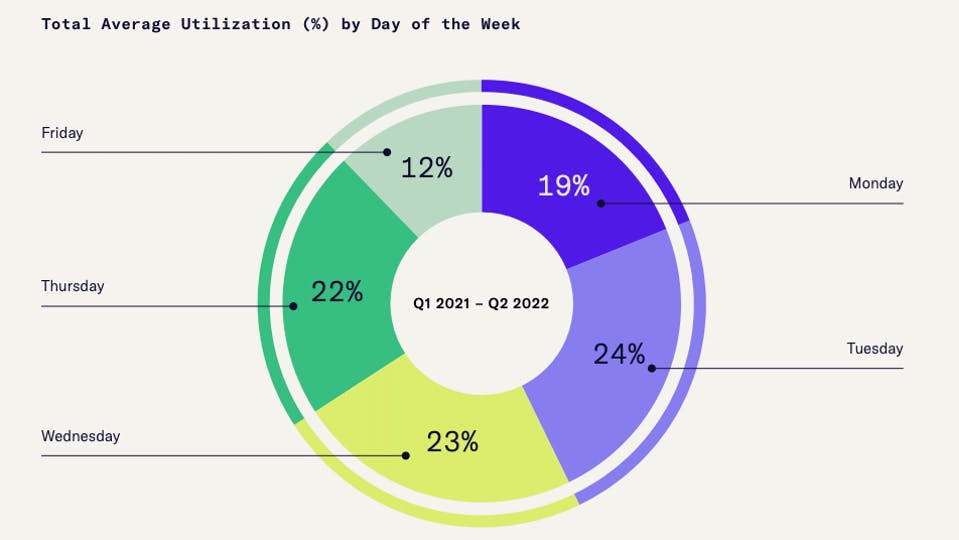
#6: Friday is the best day of the week for at-home work
Historically, Friday has been the least frequented day at the office – even in pre-pandemic times. Today, utilization on Friday is 44% less than on any other day of the week, and overall office utilization on this day has fallen by 78% over time. This indicates that employees are least interested in coming into the office on Fridays, and perhaps in-person meetings should be scheduled earlier in the week.
#7: Unpredictable attendance is here to stay
From the data collected in this report, it is clear that we have not yet settled into a predictable utilization trend. We may never return to a predictable rhythm. If this is our future, it’s important for workplace leaders to have access to their own workplace utilization data to understand the rate of change in workplace utilization and space type. With reliable data, companies can act with agility to adjust and thus get ahead.
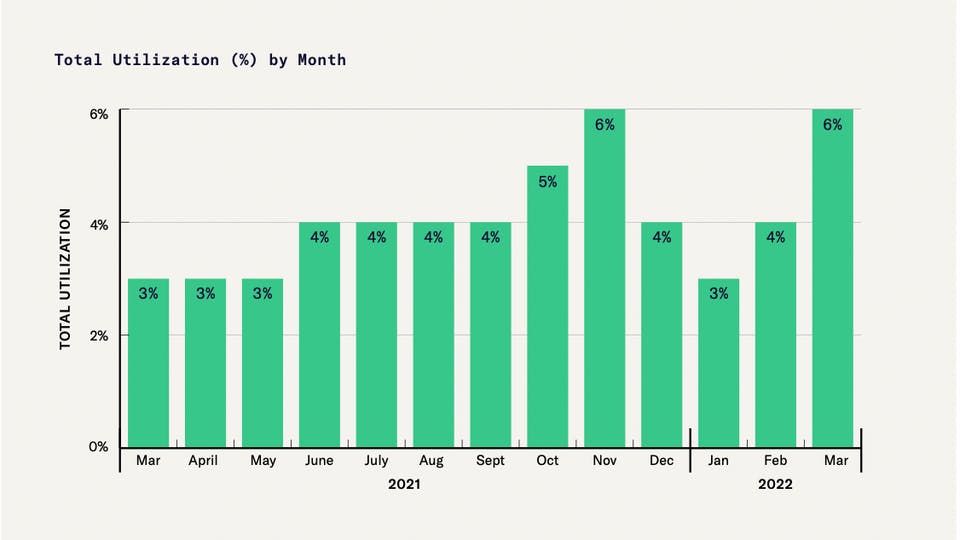
How Does Occupancy Intelligence Shape the Future of Work?
VergeSense’s 2022 State of the Workplace Data Report found that the ways in which we work will continue to evolve. Today’s workplace is likely to be a hub for collaboration, as more and more employees are returning to the office to interact with each other. The upward trend in utilization in the past three months has revealed that employees have steadily begun their return. Learn about office of the future technology and how it is reshaping our workplaces.
As the workplace continues to evolve, it is crucial that your workplace strategy centered around occupancy intelligence. Occupancy Intelligence eliminates workplace unpredictability while offering employees the tools to make their office experience, whether at-home or in person, as frictionless as possible. Request a Demo of the Occupancy Intelligence Platform to see how gaining a true understanding of how your spaces are actually used unlocks your ability to reduce cost and improve experience.